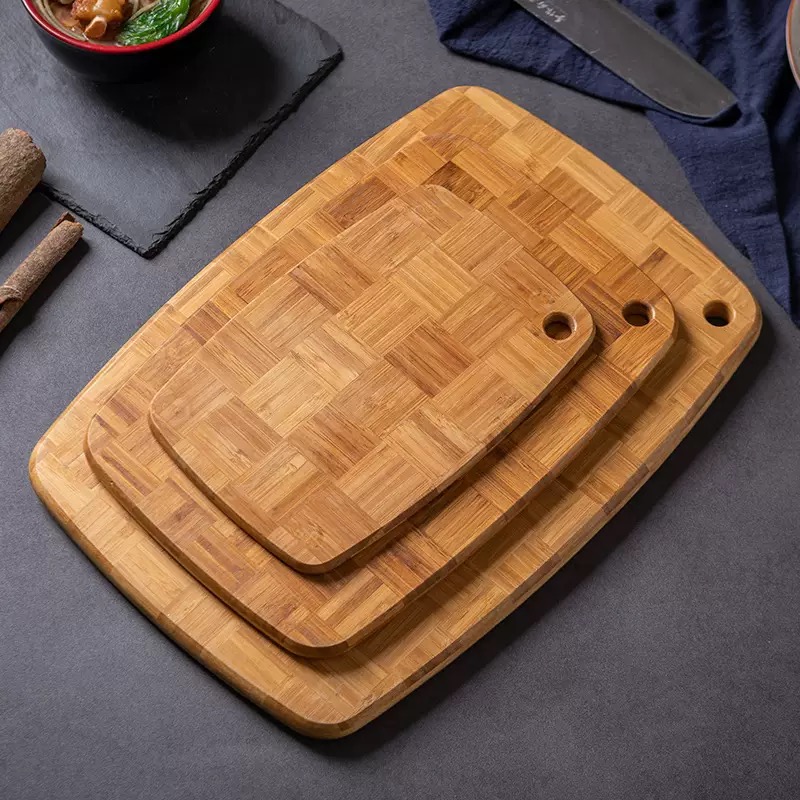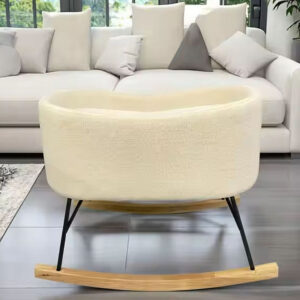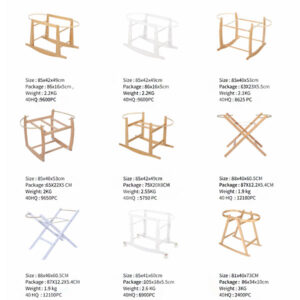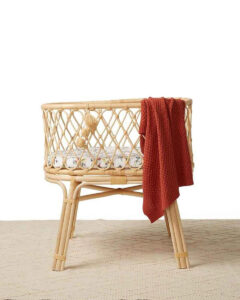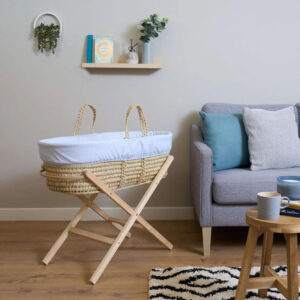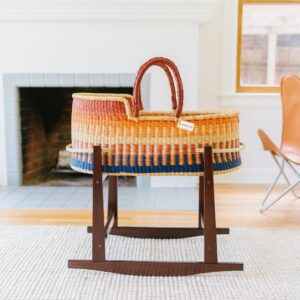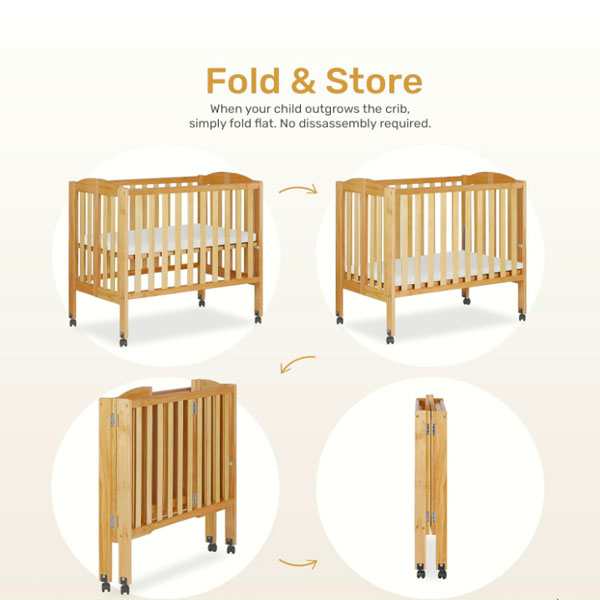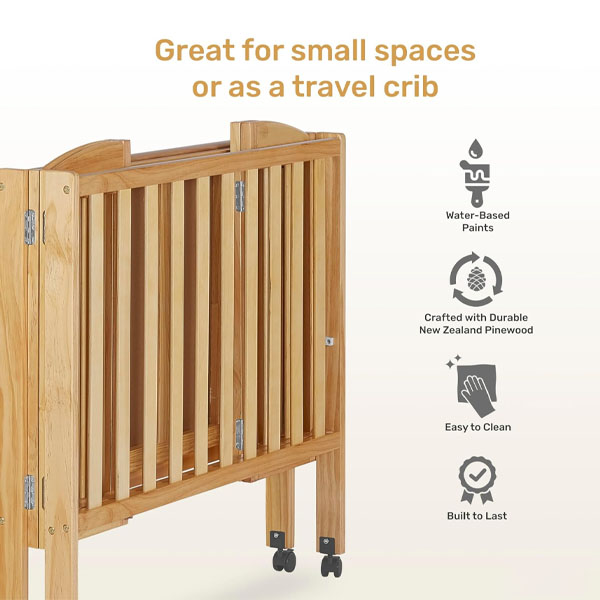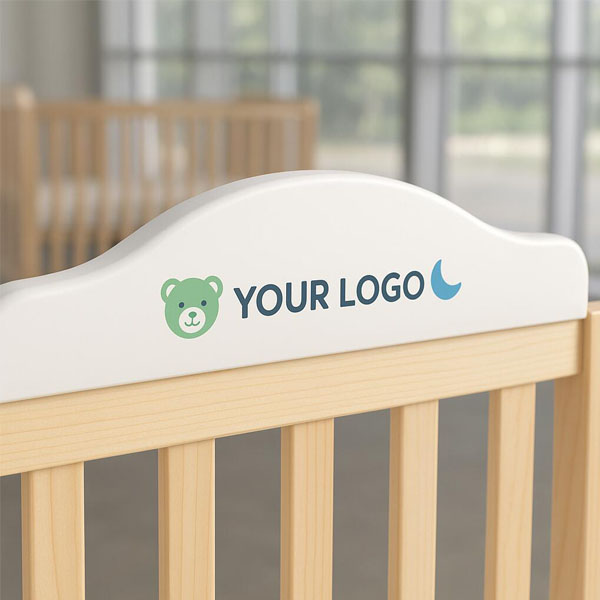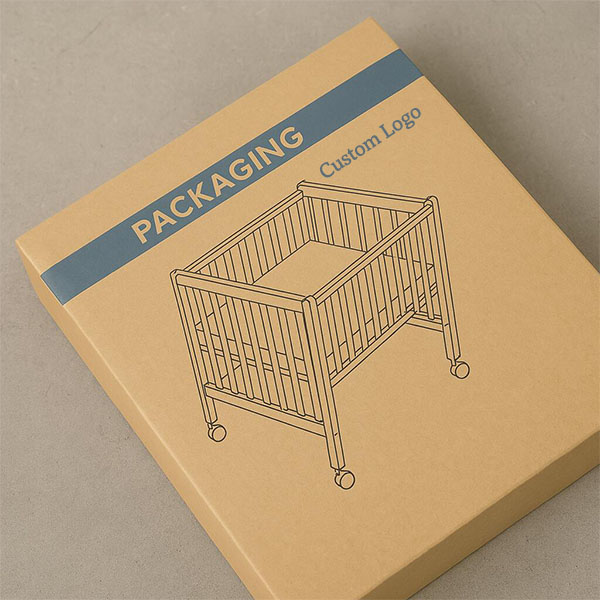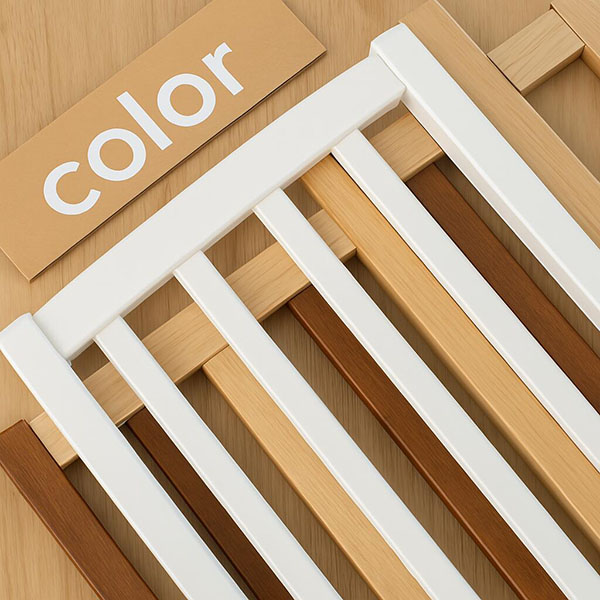The Best Thickness for a Cutting Board: A Professional Guide
Introduction
Choosing the right cutting board thickness is essential for durability, knife safety, and overall kitchen efficiency. While many buyers focus on material, thickness plays a crucial role in longevity and stability. In this guide, we’ll explore the ideal cutting board thickness for different use cases, materials, and professional kitchen requirements.
1. Why Thickness Matters in a Cutting Board
A. Stability & Safety
A thicker board provides better stability, reducing the risk of slipping during chopping. Heavier boards stay put on countertops, making cutting safer and more efficient.
B. Durability & Longevity
Thicker boards are less prone to warping and cracking. A well-maintained thick wooden board can last decades, making it a worthwhile investment.
C. Knife Protection
A board that is too thin may flex under pressure, increasing wear on knife blades. Proper thickness provides a firm surface that absorbs impact and extends blade lifespan.
2. Ideal Cutting Board Thickness Based on Material
A. Wood Cutting Boards
Recommended Thickness: 1.25 to 2 inches
- 1.25 inches – Ideal for home kitchens where weight and storage matter.
- 1.5 inches – The best balance of durability and practicality.
- 2 inches or more – Preferred by professionals for heavy-duty chopping and butcher-style tasks.
Why? Wood cutting boards naturally absorb moisture and expand/contract. A thicker board resists warping and provides a sturdy work surface for precise cutting.
B. Bamboo Cutting Boards
Recommended Thickness: 0.75 to 1.5 inches
- 0.75 inches – Lightweight and easy to store, suitable for light chopping.
- 1.25 inches – Provides better durability for everyday use.
- 1.5 inches – Reduces warping and offers a stable surface for frequent cooking.
Why? Bamboo is harder and less porous than traditional wood, so it can be slightly thinner without sacrificing durability.
C. Plastic Cutting Boards
Recommended Thickness: 0.5 to 1 inch
- 0.5 inches – Lightweight and flexible, good for quick tasks and raw meat preparation.
- 0.75 inches – Provides better durability and stability.
- 1 inch – Best for frequent use, especially in professional kitchens.
Why? Plastic boards don’t warp as much as wood but should be thick enough to avoid bending or flexing under knife pressure.
D. Composite (Richlite, Epicurean) Cutting Boards
Recommended Thickness: 0.25 to 0.75 inches
- 0.25 inches – Ultra-thin for light tasks and serving purposes.
- 0.5 inches – Versatile for everyday kitchen use.
- 0.75 inches – Best for durability in high-performance kitchens.
Why? Composite materials are dense and non-porous, so they don’t require extreme thickness for stability.
E. Glass & Marble Cutting Boards
Recommended Thickness: 0.25 to 0.5 inches
- 0.25 inches – Common for aesthetic and serving purposes.
- 0.5 inches – Provides better weight and stability.
Why? While hygienic and easy to clean, glass and marble are not ideal for cutting due to their impact on knife edges.
3. Choosing the Right Thickness for Your Needs
A. Home Cooks
- Wood/Bamboo: 1.25 to 1.5 inches (versatile, long-lasting)
- Plastic: 0.75 to 1 inch (easy maintenance)
- Composite: 0.5 to 0.75 inches (lightweight, durable)
B. Professional Chefs & Heavy-Duty Use
- Wood: 1.5 to 2 inches (best for stability and durability)
- Plastic: 1 inch (commercial kitchens, frequent sanitization)
- Composite: 0.75 inches (resistant to wear and heat)
C. Butchers & Meat Preparation
- Wood (Maple, Teak): 2+ inches (heavy-duty chopping, durability)
- Plastic: 1 inch (sanitary, easy to clean)
D. Serving & Presentation
- Wood/Bamboo: 0.75 inches (lightweight, stylish)
- Glass/Marble: 0.25 to 0.5 inches (decorative, non-cutting use)
4. Frequently Asked Questions (FAQs)
Q1: Does a thicker cutting board prevent warping?
A: Yes. Thicker wooden boards are more resistant to moisture-related warping compared to thin boards.
Q2: Are thicker boards harder on knives?
A: No, as long as the material is knife-friendly (wood, bamboo, composite). Glass and marble, regardless of thickness, are harsh on knives.
Q3: How do I maintain a thick wooden cutting board?
A: Regularly oil with food-grade mineral oil, avoid soaking in water, and store in a dry place to prevent cracking.
Q4: Should I get a thick or thin board for raw meat?
A: A thinner plastic board (0.75 to 1 inch) is recommended since it’s easier to sanitize and replace when needed.
Q5: Is there an ideal thickness for all-purpose use?
A: Yes, 1.25 to 1.5 inches (wood/bamboo) or 0.75 to 1 inch (plastic/composite) offers the best balance of durability, hygiene, and usability.
5. Conclusion: What Thickness Should You Choose?
The best cutting board thickness depends on your kitchen needs, material preference, and usage frequency:
- For professional kitchens: 1.5 to 2 inches (wood) or 1 inch (plastic/composite)
- For home cooks: 1.25 to 1.5 inches (wood/bamboo) or 0.75 to 1 inch (plastic)
- For serving: 0.25 to 0.75 inches (composite, glass, or marble)
A well-chosen thickness enhances cutting precision, extends knife lifespan, and ensures stability. Invest in the right board, and your kitchen will thank you!
Looking for personalized recommendations? Let us know your cooking style!

